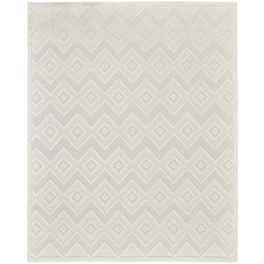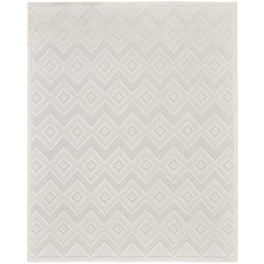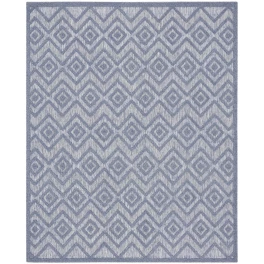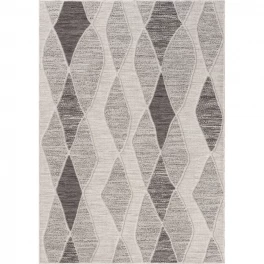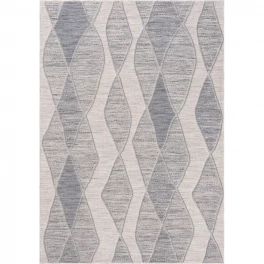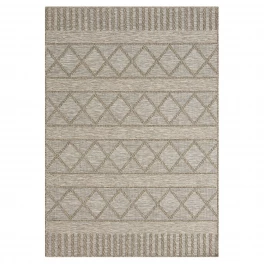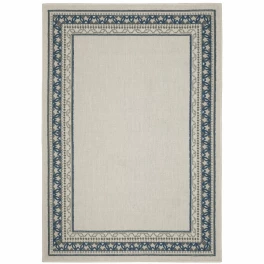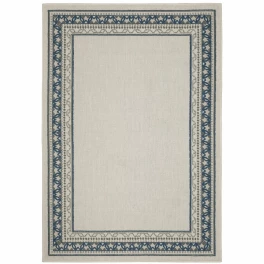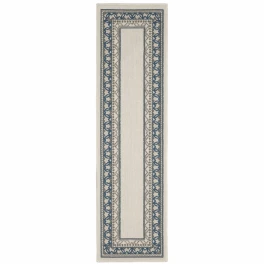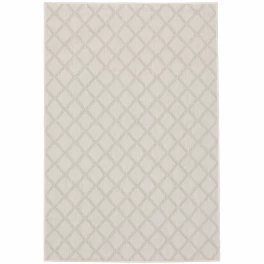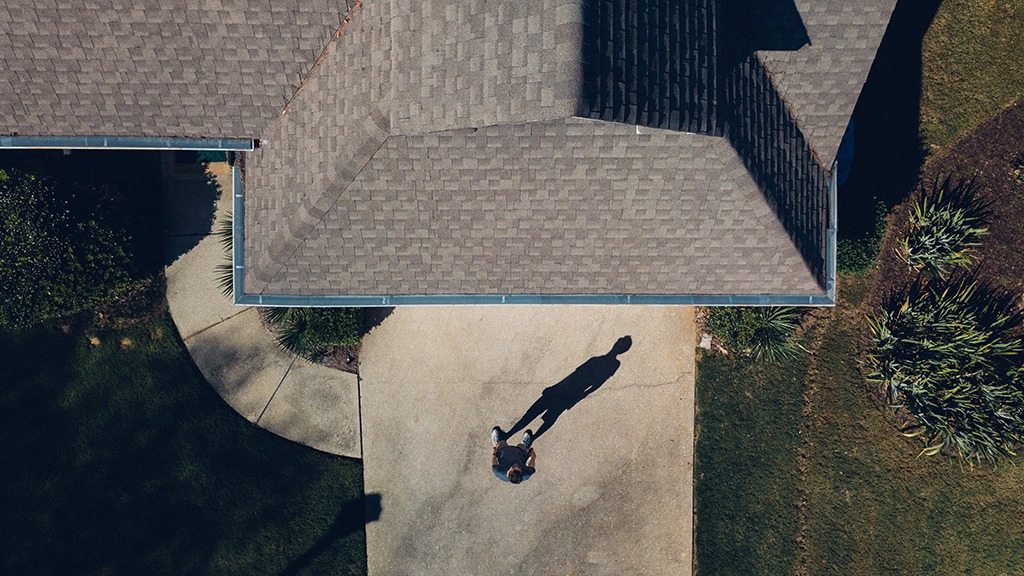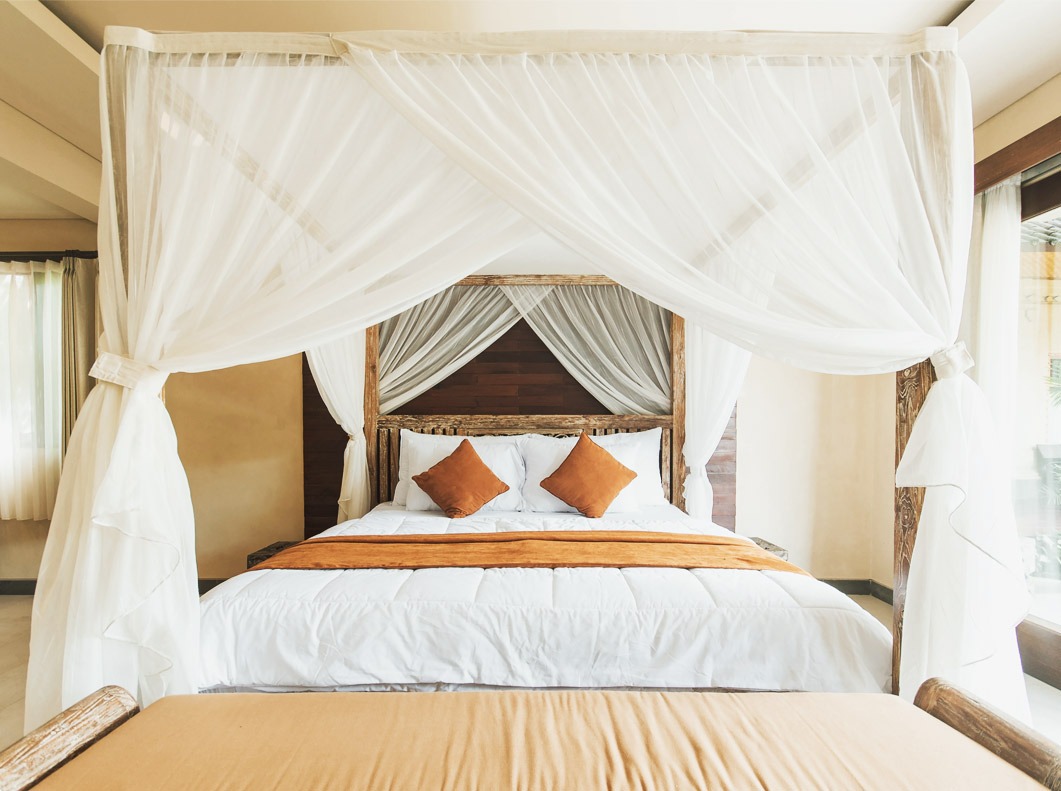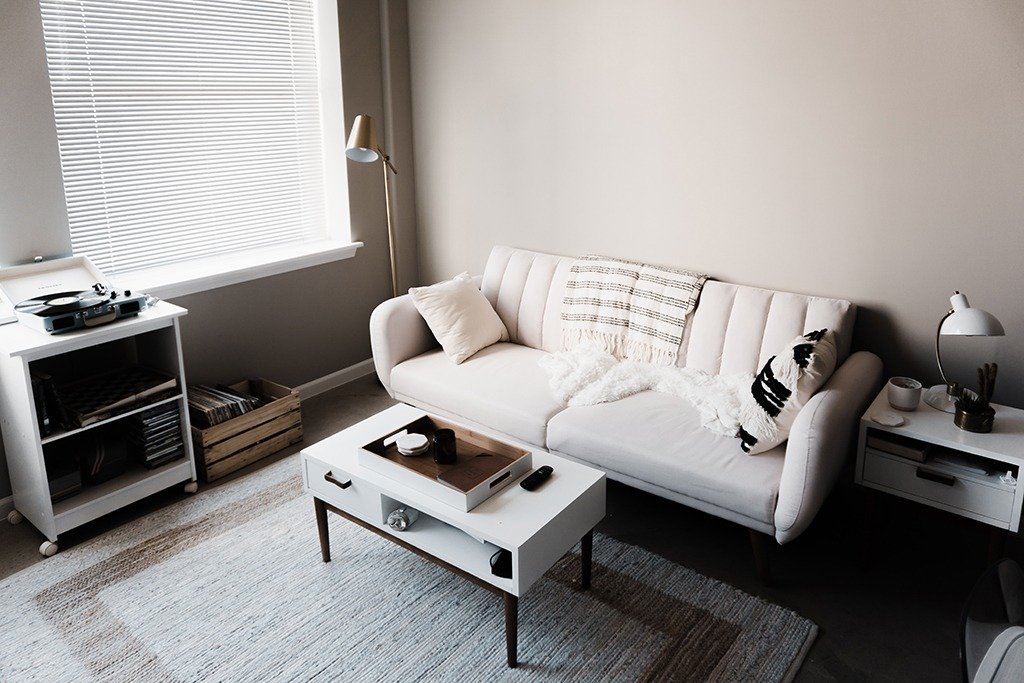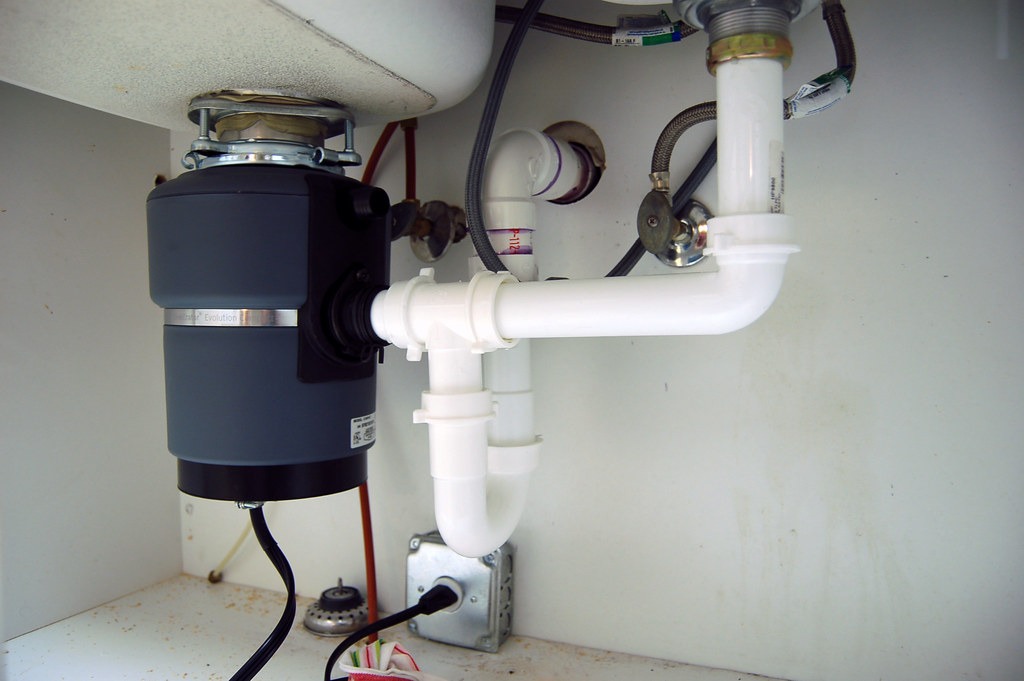No matter how often or how thoroughly you vacuum your carpet or area rug, at some point you’ll need more than vacuuming to care for it. Cleaning experts recommend you do steam carpet cleaning at least once a year. Of course, you can have this professionally done, but if you don’t have the budget for that expense, you need to know how to do DIY carpet cleaning. Here is your step-by-step DIY carpet cleaning guide.
What is Steam Carpet Cleaning?
Knowing how to clean carpets yourself starts with an understanding of how carpet cleaning machines work. Two terms are used in conjunction with carpet cleaning machines: steam carpet cleaning and hot water extraction carpet cleaning. Although these two carpet cleaning methods are different, most of us use the term “steam carpet cleaning” to mean both steam cleaning and hot water extraction cleaning.
True steam cleaning involves heating water to a temperature high enough to convert the liquid to gas. Although steam is an effective cleaner that can kill germs and reduce or remove allergens from carpets, it’s not the best method for removing soil from carpets. This is why the DIY carpet cleaners we call “rug steam cleaners” actually are hot water extraction cleaners. These cleaners use very hot water combined with a cleaning solution to break up and remove soil. Although you’ll see steam in this cleaning process, the cleaner isn’t technically a steam cleaner. But this is a good thing. Most carpet manufacturers recommend hot water extraction cleaning because not only is it more effective but true steam cleaning can shrink carpet fibers.
So now that you understand how you’re going to get your carpets clean, let’s get to it.
Step 1: Choose a Carpet Cleaning Machine
If you’re going to clean your own carpets, you have two machine choices: a rental machine or a machine you buy. Most rental carpet cleaners will cost $25-$40 a day to use. If you’re feeling industrious and can clean all your carpets in one day, and you only clean your carpets once a year, it would take you two or more cleanings to add up to the cost of a machine you buy.
You can purchase a carpet cleaning machine for anywhere from $70 to $300 or even more. To get an effective one for deep cleaning, plan on spending at least $150. Either type of machine will clean carpets but be aware that neither a rental machine nor a machine you purchase will have the suctioning power that a professional machine will have. DIY machines tend to put more cleaning solution and water into the carpet, and they aren’t powerful enough to get it all out. But following all the steps below will help counter this drawback.

Photo by Labutin.Art on Shutterstock
Step 2: Pick the Right Day
One of the fastest ways to undo all the hard work of cleaning a carpet isn’t getting the carpet dry fast enough. A carpet that stays moist for too long will start to mildew. To avoid this, it’s best to clean your carpets on warm, dry days so you can have open windows both while you clean and after you’re done cleaning.
Step 3: Test Your Solution
DIY carpet cleaning machines require a cleaning solution. You can either use a commercial carpet cleaning solution or something more natural, like Castile soap, or you can make your own solution. One effective homemade solution is a simple 1:1 mixture of white vinegar and water. Yes, your carpets will smell a little pickled while you clean and while they’re still wet, but once the carpets dry, the pickled smell will be gone.
Whatever you use for cleaning, you need to be sure it’s not going to discolor your carpet. So test your solution on a hidden area of your carpet before you use the solution in your carpet cleaner.
Step 4: Vacuum
You’ll make your carpet cleaning job easier and you’ll extend the life of your machine if you vacuum your carpet before you start cleaning. Vacuuming will remove a lot of dirt from the carpet fibers. Even if you vacuum regularly, give your carpets one more going over with the vacuum before you begin cleaning. Run the vacuum slowly and cover each area you vacuum repeatedly to get as much loose soil up as possible.
Step 5: Spot-Treat Stains
Of course, you want to clean up carpet stains like pet stains as they happen, but even immediate attention isn’t always fully successful at removing carpet stains, and sometimes stains can escape your attention. You may be able to lift these stains with your carpet cleaner, but it’s more likely you’ll get better results if you spot-treat them first. You can either do this by hand with whatever stain removing solution you prefer, or you can do it with the carpet cleaning machine, using the upholstery-cleaning attachment.
It’s also a good idea to spot-treat high traffic areas on your carpet before moving on to general cleaning.
Step 6: Clear your Space
If you never or rarely move your large furniture, you don’t have to move it to clean your carpets. However, it’s a good idea to move at least the smaller pieces. Move tables and smaller chairs, and of course, move floor accents like lamps or storage baskets. Also pick up all toys, books, or whatever else tends to get left on the floor. If you frequently move your furniture around, you’ll want to move it all to clean your carpets.
Step 7: Prepare Your Machine
Not all carpet cleaning machines are the same, so you’ll have to consult the instructions for the one you’re using to be sure you’re using it correctly. Many rental machines will require that you hook up a line to your hot water tap. Most home-use carpet cleaning machines have a plastic reservoir that holds the cleaning solution mixed with hot water. If that’s the kind of machine you’re using, you need to remove that reservoir from the machine.
Add to the reservoir whatever cleaning solution you’re using (amounts will vary depending on what you’re using). Then fill the reservoir with hot, hot water — just shy of boiling is ideal.
NOTE: As you follow the next three steps, the water and dirt you extract from the carpet will be sucked into a waste reservoir. This will have to be removed and emptied when it gets filled up. Do so as needed.
Step 8: Apply Water and Cleaner to Carpet
When you’re ready to start cleaning, the first thing you’re going to do is apply the cleaning solution and hot water. Most machines have a trigger that you press to release this mixture. Do one slow, even pass over a small area of carpet — no more than what you can reach without moving your feet to another position. Now let go of the trigger.
Step 9: Remove Water and Cleaner from Carpet
Now it’s time to get that water and solution out of your carpet. To do this, you’re going to pass the machine over area to which you just applied solution, but this time, you’re not triggering the solution. Just let the machine do the work. Continue to go very slowly. Pass over the wet area at least three times. Four or five is better. You want to extract as much of the cleaning solution as you can.
Follow the above two steps until you’ve cleaned as much area as you want to clean or until you run out of solution, whichever comes first. If you ran out of solution before you finished the area or room you’re cleaning, refill the reservoir with solution and water and repeat the above two steps again. If you have finished a room or a designated area, move on to Step Eight.
Step 10: Rinse the Carpet
No matter how many times you go over the carpet with the carpet cleaner, the soap you put in the carpet is still going to be there unless you rinse it out. Soap residue left in the carpet can attract dirt, causing your carpets to get dirtier faster after you clean them. The residues can also be harmful to pets and children.
To rinse the carpet, first rinse out the cleaning reservoir to remove any trace of cleaning solution. Now you can either just put hot water in your cleaning reservoir, or you can put a 1:1 solution of vinegar and water in the reservoir. The vinegar will help neutralize the soap. If you want to save time, and your carpets aren’t heavily soiled, you can simply clean them with this solution as well (as mentioned in Step Three). Then you won’t have to rinse.
Once you have your rinsing solution in the reservoir, follow Steps Six and Seven again, applying the rinse and then extracting it in slow passes over the carpet.
Step 11: Help the Carpet Dry
As I said in Step Two, cleaning your carpet on the right day will help get the carpet dry. If you’ve done this, the open windows will help the carpet dry. But don’t just rely on the open windows. You can hasten the drying process by using fans or a dehumidifier. If you must clean carpets in the winter, setting up a small space heater can help dry the carpet too. Just be sure to use it responsibly, and don’t leave it running without supervision.
Wait until the carpet is thoroughly dry before you do more than a minimal amount of walking on it. And don’t replace furniture and other items until the carpet is completely dry.
If you follow the above steps, you can effectively do DIY carpet cleaning, which will not only give you a cleaner home but also extend the lives of your carpets and rugs.






